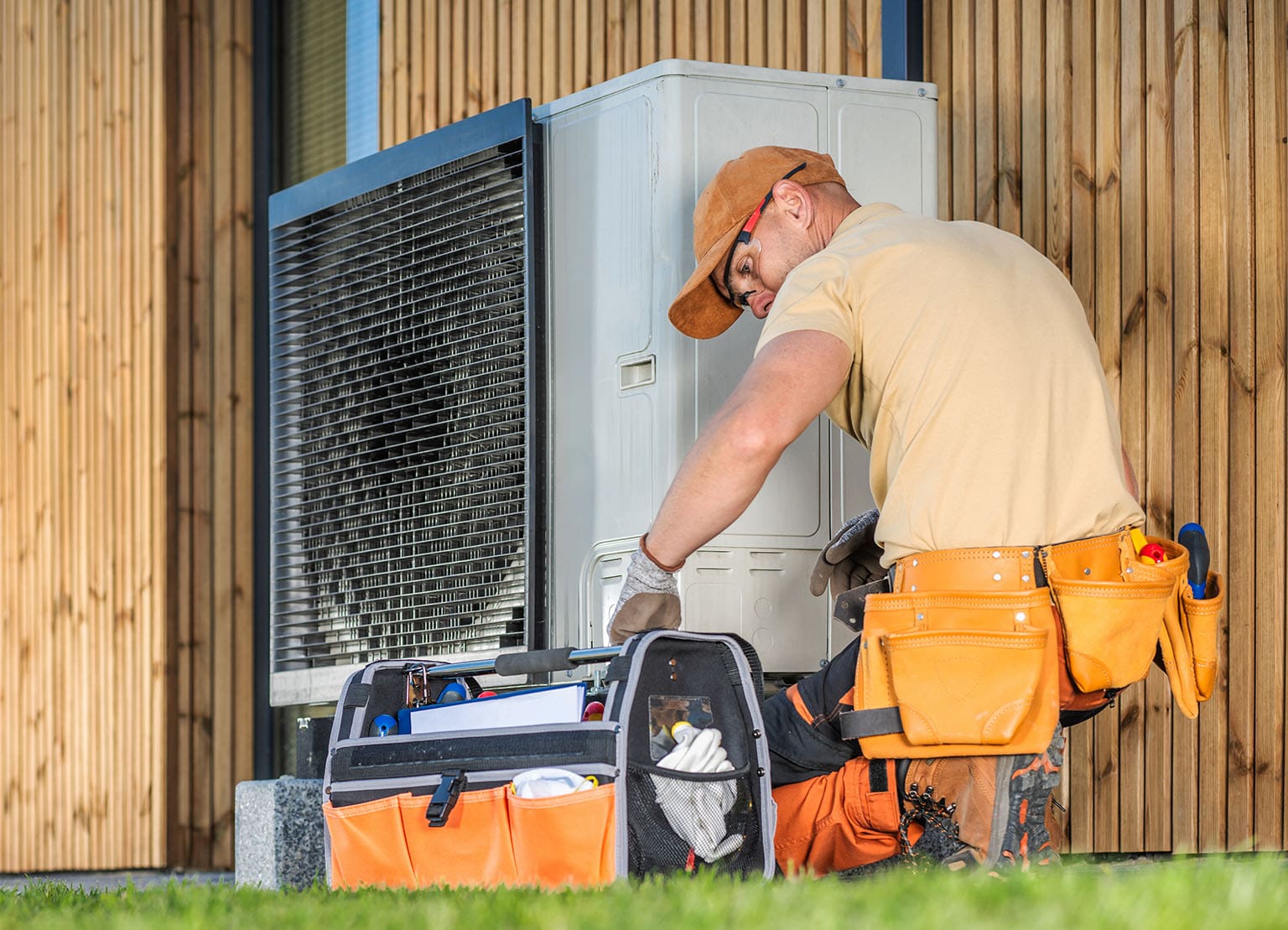Summer is prime pool time and preparing your pool and facility for maximum enjoyment and safety is imperative.
Along with sprucing up the hardscape, replacing the deck chairs, and painting the locker rooms, make sure that you adhere to and enforce safety codes and standards that can keep your pool and surrounding property a clean, safe place to swim all summer long. Public pool and hot tub operators can be held responsible for incidents if it’s found they failed to provide a safe environment for their guests.
Examples of potential loss-causing situations:
- If a guest is injured by broken glass or another sharp object left on the pool surround.
- If a swimmer gets sick from bacteria found in your pool water because it wasn’t tested correctly.
- If someone suffers a concussion or other serious injury after diving from a faulty diving board.
- If a shortage of lifeguards (or personnel trained in CPR) leads to a delayed response in an emergency.
- If a wet floor in the locker room causes someone to slip and fall.
- If vandalism occurs after closing when someone is able to enter the pool area through an unlocked gate.
Take precautions to prevent drownings
- Install a fence to deter unsupervised entry into your swimming area and include a self-closing gate along with other security devices, such as locks, alarms, sensors, and pool covers.
- Check that gate locks work properly so they’re effective in restricting pool access.
- Hire lifeguards – one lifeguard for every 25 swimmers at your pool is a typical guideline.
- Train your staff about basic rescue procedures, including CPR.
- Keep rescue devices and reaching poles near the pool so bystanders can intervene quickly if a potential lifeguard is not on duty.
- Prohibit diving, if possible, as the risks are so severe.
- Prohibit consumption of alcohol as research shows it is factor in many water-related fatalities.
- Create a list of safety rules and strictly enforce them with visitors, guests, and members.
- Keep emergency phone numbers near the pool, so help can be called quickly.
Keep pool water clean to help prevent health outbreaks
- Scrub pool surfaces, including decking, ledges, steps, handrails, etc.
- Test and service pool filter and other equipment to ensure they work properly to remove impurities and maintain water quality.
- Check for safety updates and policy changes with state and local health departments.
- Maintain optimal chemical and pH levels in pool, following recommended guidelines.
- Use a pool shock treatment regularly to kill harmful organisms.
- Keep organized and detailed records of disinfectant and maintenance activities.
- Drain and re-fill a percentage of the pool water at least oncea-month, or more often, depending on use.
- Clean pool areas, restrooms, showers, and diaper changing stations on a regular basis and as often as needed.
- Enforce capacity limits.
- Learn how to safely use/store pool chemicals.
Comply with public safety and legal requirements
- Ensure your pool meets public safety and access regulations.
- Make sure your pool complies with the Americans with Disabilities Act (ADA) and allows safe access for people with physical disabilities. For example, if you do not have a proper pool lift, you can be held liable for discrimination.
- Confirm your facility meets minimum standards for non-slip surface or flooring, particularly around pool, splash pad, or hot tub.
- Inspect pool drain safety systems to ensure they are in compliance with the Virginia Graeme Baker Pool and Spa Safety.
- Act (VGBA), a federal law that dictates specific requirements for pool drain covers and when they need to be replaced.
- Have a qualified electrician review underwater lights, pool equipment, outlets, switches, audio speakers, etc. to make sure they are all in compliance with the National Electrical Code (NEC).
- Schedule maintenance staff to routinely check electrical connections.
- Ensure pool barriers and fencing around the pool meets current guidelines for preventing a child from getting over, under, or through it to enter pool area.
Partner with local officials and stay up-to-date about the latest laws and ordinances in your area so you can respond quickly to changes.
Clearly post signs
- Make sure signs meet safety standards for how large they should be and where you should hang them.
- Paint pool depth on the deck and side of pool where it can be easily read. Make sure the deep end of the pool is also clearly marked in feet.
- Adhere to recommended standards from the American National Standards Institute (ANSI)
- and the International Organization for Standardization (ISO) to ensure that your signs: 1) describe the pool hazard; 2) advise how to avoid it; 3) include recognizable hazard symbols; and 4) use appropriate risk-based words, such as danger, warning, or caution.
- Post rules around the pool and inside the facility to give guests and staff critical information about acceptable behaviors at your facility.
- Mark wet surfaces or freshly mopped floors with easy-to-see signs that notify guests of slippery spots and help avoid slip and fall accidents.
Working with an experienced insurance advisor can help you limit your liability to protect your business and customers.
In conclusion
Pools are a fantastic way to embrace the joys of sun-soaked leisure. While pool is often synonymous with fun, it’s essential to be aware of the safety measures required. For valuable insights into pool safety and bolstering peace of mind, explore the resources listed below and connect with your trusted advisor for expert guidance tailored to your unique needs.
For more information
We’re ready to help when you are. Get in touch and one of our experienced Baldwin advisors will reach out to have a conversation about your business or individual needs and goals, then make a plan to map your path to the possible.
This document is intended for general information purposes only and should not be construed as advice or opinions on any specific facts or circumstances. The content of this document is made available on an “as is” basis, without warranty of any kind. The Baldwin Insurance Group Holdings, LLC (“The Baldwin Group”), its affiliates, and subsidiaries do not guarantee that this information is, or can be relied on for, compliance with any law or regulation, assurance against preventable losses, or freedom from legal liability. This publication is not intended to be legal, underwriting, or any other type of professional advice. The Baldwin Group does not guarantee any particular outcome and makes no commitment to update any information herein or remove any items that are no longer accurate or complete. Furthermore, The Baldwin Group does not assume any liability to any person or organization for loss or damage caused by or resulting from any reliance placed on that content. Persons requiring advice should always consult an independent adviser.






